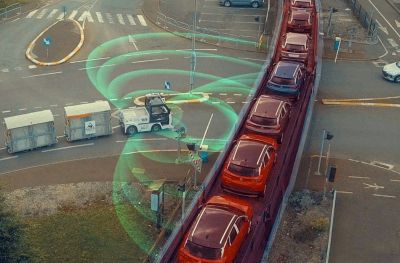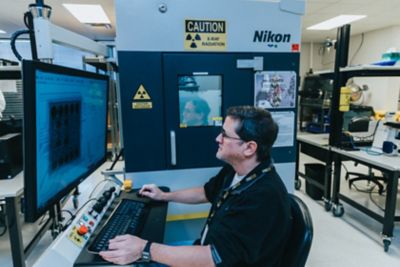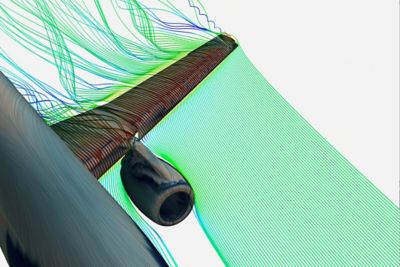-
United States -
United Kingdom -
India -
France -
Deutschland -
Italia -
日本 -
대한민국 -
中国 -
台灣
-
Ansys is committed to setting today's students up for success, by providing free simulation engineering software to students.
-
Ansys is committed to setting today's students up for success, by providing free simulation engineering software to students.
-
Ansys is committed to setting today's students up for success, by providing free simulation engineering software to students.
-
Contact Us -
Careers -
Students and Academic -
For United States and Canada
+1 844.462.6797
Sorry. Our site search is running into issues and we're working to get it back up and running as soon as possible.
In the meantime, please use the Google search box below to search the site.
Events
Engineering Simulation Webinars, Conferences & Seminars
At Ansys, we’re passionate about sharing our expertise to help drive your latest innovations. We do this through ongoing simulation events — tradeshows, webinars, conferences and seminars — that cover the latest industry trends, newly available Ansys software capabilities and solutions to your complex problems.
Explore available Ansys events and take advantage of the ones most relevant to you.











